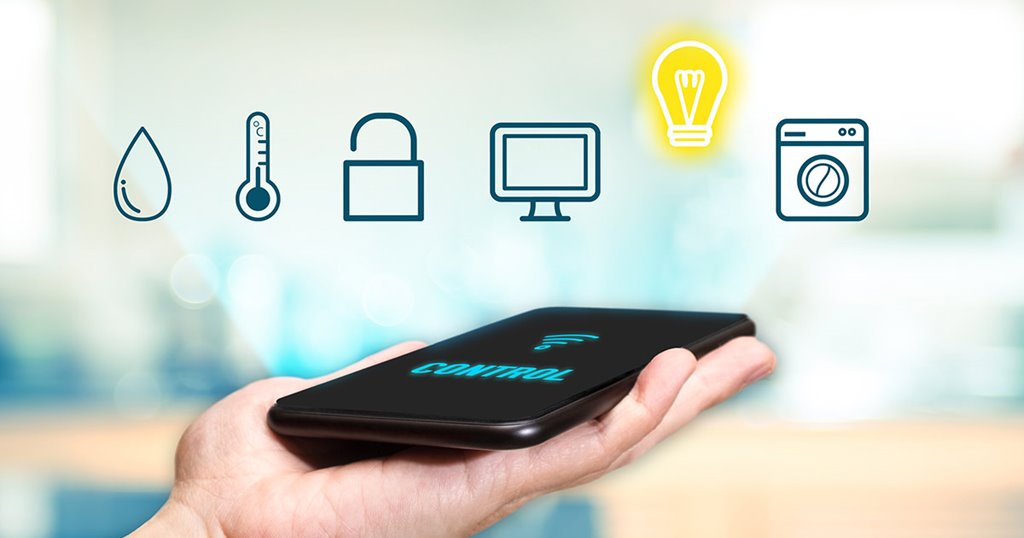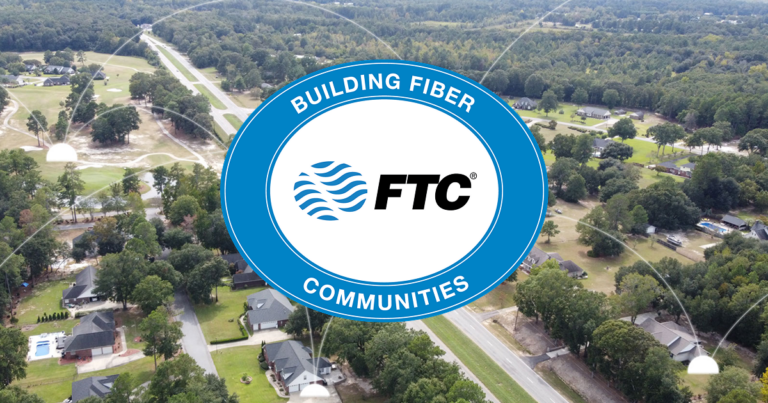The popularity of smart home devices is growing fast as people all over the world embrace this modern technology to make their lives easier and homes safer. A smart home system can be as complex as something from a science fiction movie or as simple as a remote-controlled lamp. When a homeowner installs these intuitive applications and gadgets, performing everyday tasks becomes more efficient.
What Is a Smart Home?
A smart home is a house in which electronics, such as appliances, lights, locks and security cameras, are connected through the internet to share information. This network of devices can be controlled remotely, programmed for automation or powered on and off using voice-activated commands or apps.
What Are the Pros and Cons of a Smart House?
The pros of a smart home include improved energy efficiency and the convenience of custom operations, and the cons are the cost of smart devices, security issues and internet dependence. Most homeowners who overcome the learning curve of creating a smart home find the benefits outweigh the downsides because automation simplifies everyday tasks, and improving and controlling home security when on vacation provides an unmatched peace of mind.
Can Any Home Be a Smart Home?
Any house can be a smart home as long as it has reliable internet service, a Wi-Fi router and smart devices or appliances. A whole-home hub is optional when creating a smart home. One can simply set up a few essential fixtures, like a lamp and a thermostat, and reap the energy-saving benefits of smart home automation.
How Do I Set up a Smart Home?
Homeowners and renters can avoid feeling overwhelmed when setting up a smart home by starting with one or two basic items. Many of today’s smart outlets, appliances and fixtures do not require complex programming to connect to a home’s network, so anyone can do it. While smart home security and monitoring systems should be installed by a professional, setup for other devices can be completed easily by homeowners, including:
- A voice-control speaker, such as Amazon Alexa or Google Assistant, connected via Wi-Fi
- A web-enabled deadbolt that allows remote monitoring and locking/unlocking
- A smart thermostat to automate a heating/cooling schedule
How To Set up a Smart Home Network: 4 Tips
Setting up smart home automation helps residents monitor their security cameras, turn lights on or off and lock or unlock the door from home or anywhere. When successfully connected, these modern conveniences save time and can improve the energy efficiency of a home. Here are four tips for creating a smart home network:
1. Select Reliable Internet for a Smart Home
Web-enabled plugs and appliances are faster and more responsive than Bluetooth equipment, so having quality internet is a must for anyone setting up a smart home. Devices connected to premium Wi-Fi from a reputable carrier receive a strong signal that keeps them running smoothly with fewer interruptions and lags. For those who experience connection issues within the home, there are ways to expand Wi-Fi range using “mesh” access points, which will help get coverage to exterior spaces and distant rooms.
How Does a Smart Home’s Wi-Fi Work?
A smart home’s Wi-Fi works to connect all devices to the internet so outlets, light bulbs and vacuum cleaners can be controlled by people via an app or voice commands. The Wi-Fi also allows a washer to share information with a dryer or a thermostat to make adjustments based on the outdoor temperature.
What Happens in a Smart Home When the Internet Goes Out?
Though it is inconvenient when the internet goes out in a smart home, most connected devices will continue to work manually. Flipping light switches on and off and locking or unlocking doors can still be achieved by hand in a smart home when the Wi-Fi signal goes down.
2. Choose Smart Home Hubs & Devices
Smart homes can be connected and operated off of apps on a personal cell phone, computer, tablet or using a mix of devices. Many internet service providers offer applications for tablets or phones that show the network status, connected devices and who is logged in on a single screen. Parents with young children or homeowners with frequent house guests might appreciate a centralized home hub to make access easier for those without the mobile app.
3. Strategically Place Smart Devices
When planning a smart home system, the occupant must consider which devices to place where and how many they realistically need to control the home’s lights, blinds, appliances or heating and cooling. Homeowners or renters who prefer to use voice commands might require a series of smart speakers placed strategically so their requests can be easily heard. Placing smart locks on exterior doors offers the convenience of keyless entry and allows homeowners to program and then disable unique entry codes for house- or dog sitters. Keeping the smart hub in a central location ensures notifications are not missed and makes controlling lights and entertainment systems more convenient.
4. Secure the Smart Home Network
The more devices connected to the smart home, the more susceptible it becomes to hackers, especially since many gadgets come with integrated microphones and cameras. But homeowners can take a few steps to protect their privacy without giving up the convenience of these intuitive, automated applications. To help reduce security risks around smart devices, users should:
- Select Wi-Fi with enhanced antivirus and spyware security
- Create hard-to-guess passwords
- Opt into two-factor authentication or use biometric (fingerprint) logins
- Use smart plug outlets to schedule devices to power off during downtime
- Cover webcams and mute speakers and displays when not in use
When you are ready to create a smart home, start at ftc.net. Request a quote on home security solutions and our whole-home Wi-Fi to power your smart home network with ease. You can also stop by one of our seven stores or call us at 888-218-5050. Our experienced and professional support will have your home up and running in no time.




